Upon founding ancient Korea’s Joseon Dynasty in 1392, one of King Taejo’s first matters of business was designating Seoul (then known as Hanyang) as his new capital.
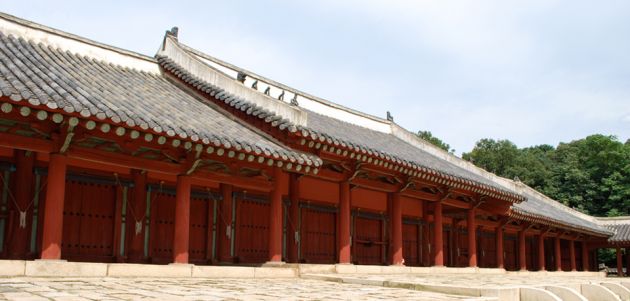
But even before his main palace was built, Taejo began construction on the Jongmyo Shrine.
Jongmyo is the royal ancestral shrine of the Joseon Dynasty. In keeping with the tenets of Confucianism, the spirit tablets of ancient Korea’s kings and queens are enshrined and memorial rites are performed here.
Jongmyo is the world’s oldest and best-preserved royal Confucian sanctuary, and Korea is the only country to have preserved its shrine and ancestral rites.

It’s primarily these reasons why Jongmyo Shrine was inscribed on the UNESCO World Heritage List in 1995.
Located east of Gyeongbokgung palace (경복궁) in central Seoul, the most notable buildings of the Jongmyo Royal Shrine are two very long buildings that hold the royal spirit tablets.
In fact, these buildings are so long that the main hall, Jeongjeon (정전), was once thought to be the longest building in Asia.
Although it was originally seven rooms, the need to accommodate succeeding monarchs resulted in what is today an impressive 19-room structure honoring a total of 49 kings and their queens.
The first tablet belongs to Taejo, and the last belongs to Emperor Sunjong, Joseon’s 27th, and Korea’s final monarch.
The smaller annex, Yeongnyeongjeon (영녕전) or “Hall of Everlasting Peace”, has 16 rooms enshrining 34 tablets of kings moved from the main hall, those who were posthumously designated kings, several princes and their wives.
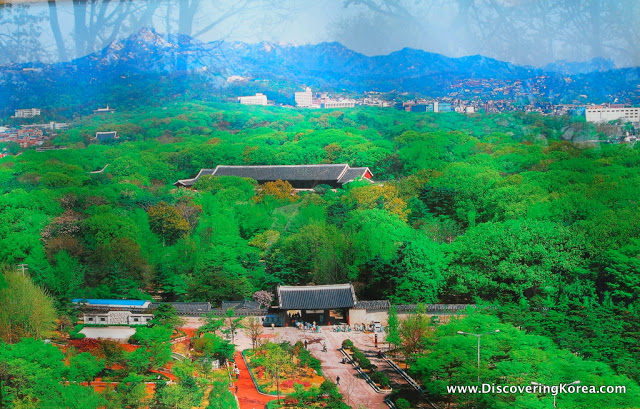
Two deposed Joseon kings are not kept in the Jongmyo Royal Shrine. Although both structures were destroyed by Japanese invaders in 1592, the tablets were hidden and returned when the shrine was rebuilt in 1608.
Curiously, the Jongmyo Royal Shrine also includes a small shrine honoring King Gongmin (공민왕) and his wife, a princess from Mongolia.
What’s extraordinary is that Gongmin wasn’t a Joseon Dynasty king, but the 31st monarch of the Goryeo Dynasty.
Although he was heralded as a reformist who restored the sovereignty and territory of ancient Korea by defeating Yuan China, it’s peculiar that the supreme shrine of the Joseon Dynasty would honor a king from the previous ruling family. To this date, the reason is unknown.
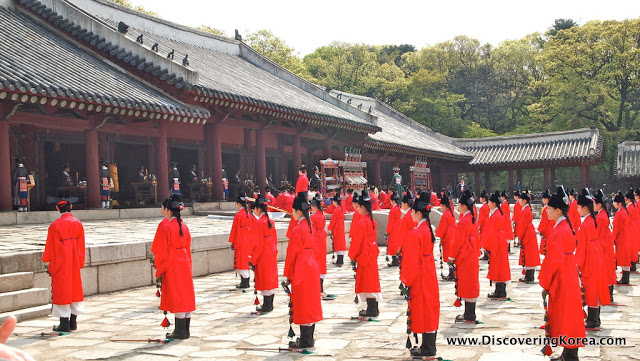
The Jongmyo Royal Shrine was also site of Josen Korea’s most important ritual. Jongmyo Jerye (종묘제례), or the Royal Great Ancestral Rite , was conducted several times per year.
The king would perform the majestic and solemn ritual while the crown prince and all high-ranking officials attended. The elaborate dance and music were meant to appease the souls of deceased kings and to ask for their benevolence.
Currently, the rites occur each May, and are overseen by descendants of the royal Yi family. The rites, which remain virtually unchanged for 600 years, were designated UNESCO Masterpieces of the Oral and Intangible Heritage of Humanity in 2001.
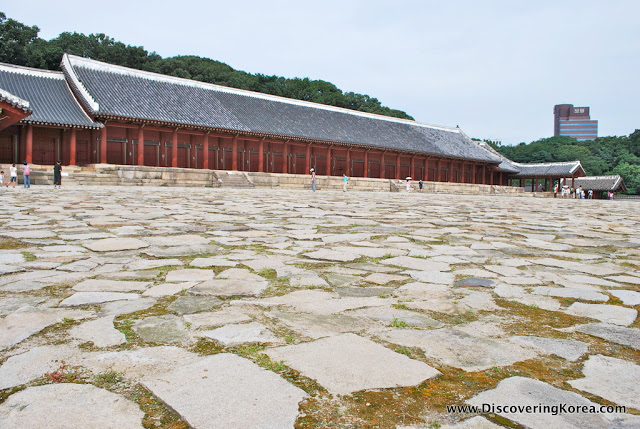
The architecture of the Jongmyo Royal Shrine’s two major ritual halls is simple and austere, but definitely still very impressive.
The 150-meter wide, 100-meter long, two-tiered stone terrace in front of Jeongjeon is massive and imposing. It’s bare, cream-colored stones are meant to contrast vividly with the area’s densely wooded surroundings, which better expose the halls to spiritual energy.
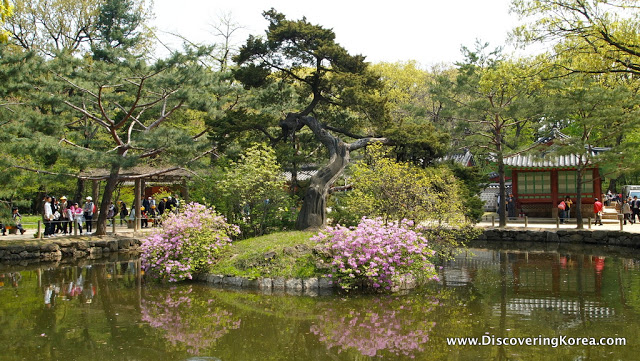
So, the next time you’re spelunking around Seoul, I strongly encourage you to visit the Jongmyo Royal Shrine.
A walking bridge connects it with Changdeokgung palace (창덕궁), so you’ll get two remarkable Joseon-era sites, for the price of one.
For Your Information…
| Open: | 09:00-18:00 (summer); 09:30-17:30 (winter) |
| Admission Price: | ₩1,000 for adults, 500 for children |
| Address: | Seoul Jongno-gu Waryong-dong 139 |
| Directions: | Jongno 3(sam)-ga Station (#130/#329/#534) on Lines 1, 3 & 5, Exit 8 |
| Phone: | 02-765-0195 |
| Website: | Official Site |
About Matt Kelley
Matt Kelly is native of the US Pacific Northwest and is half-Korean by ethnicity. He lived in Korea for five years and has written hundreds of travel guides for Wallpaper, TimeOut, the Boston Globe and Seoul Magazine and was a host for several different variety shows on Korean radio and television.
